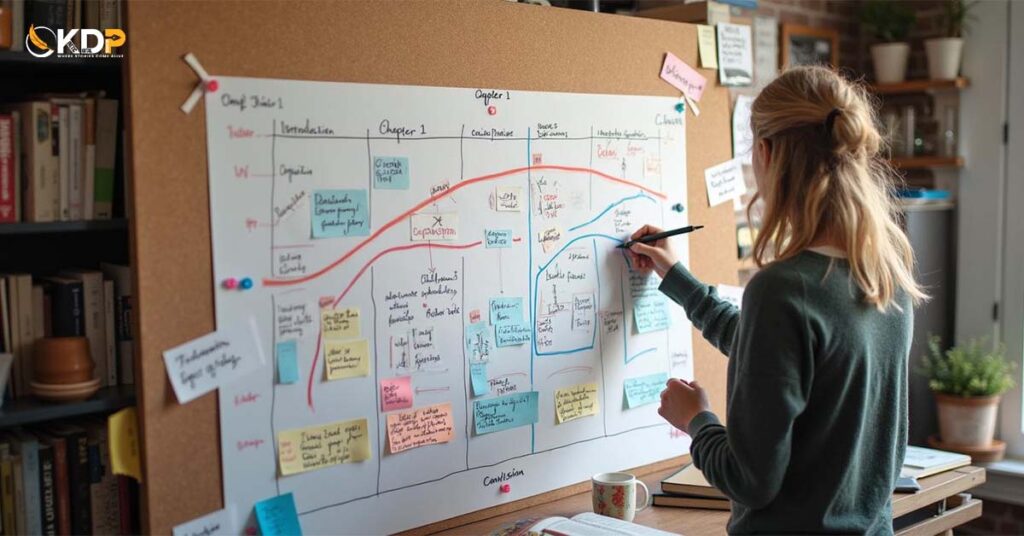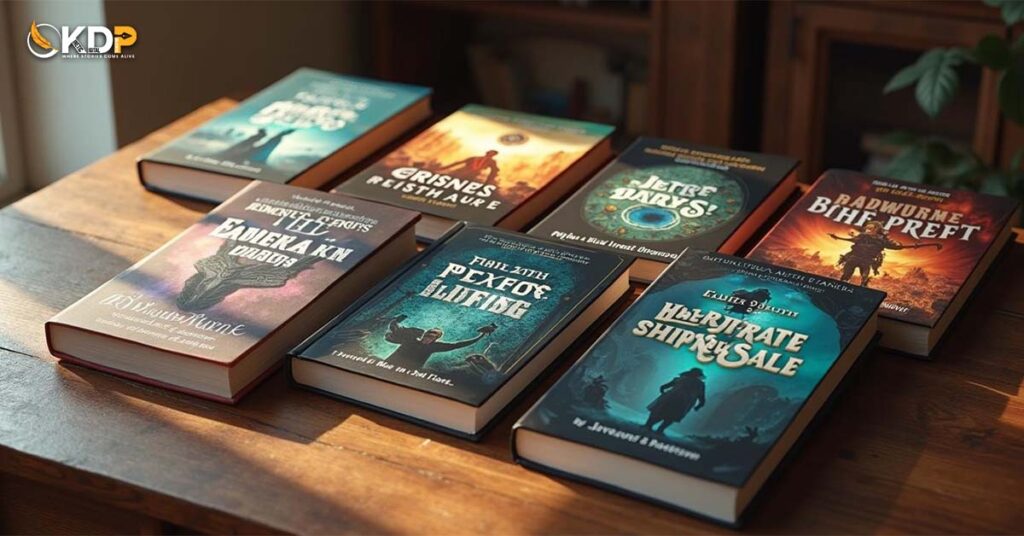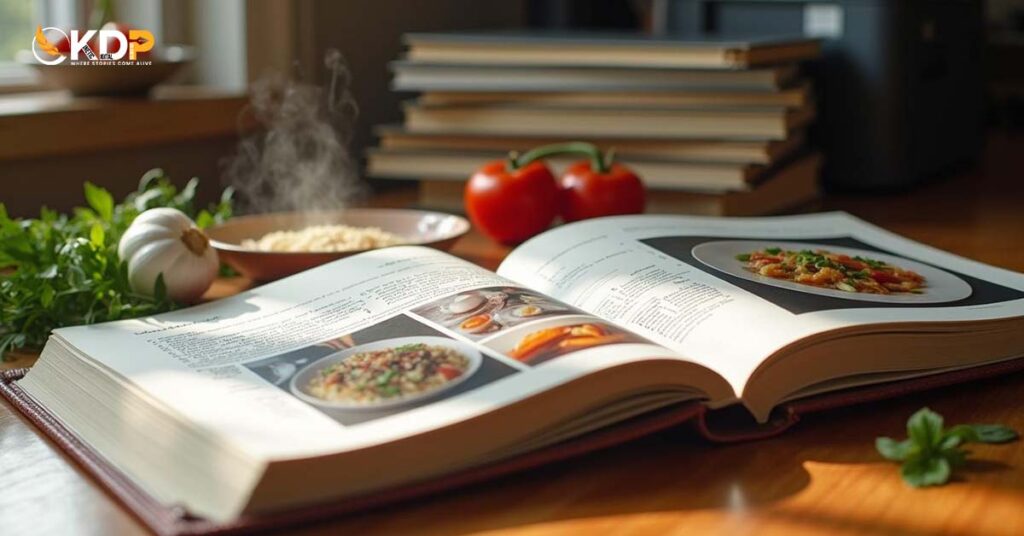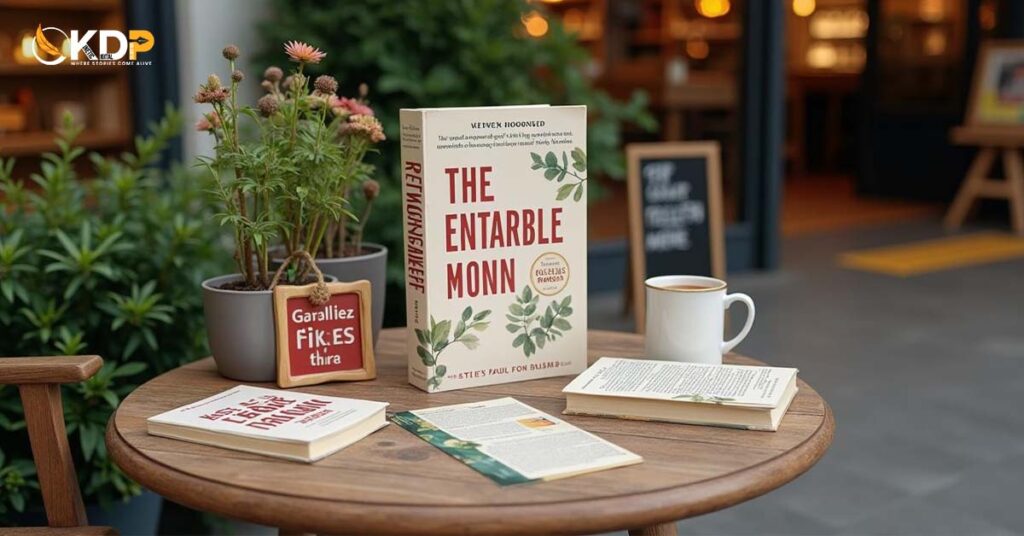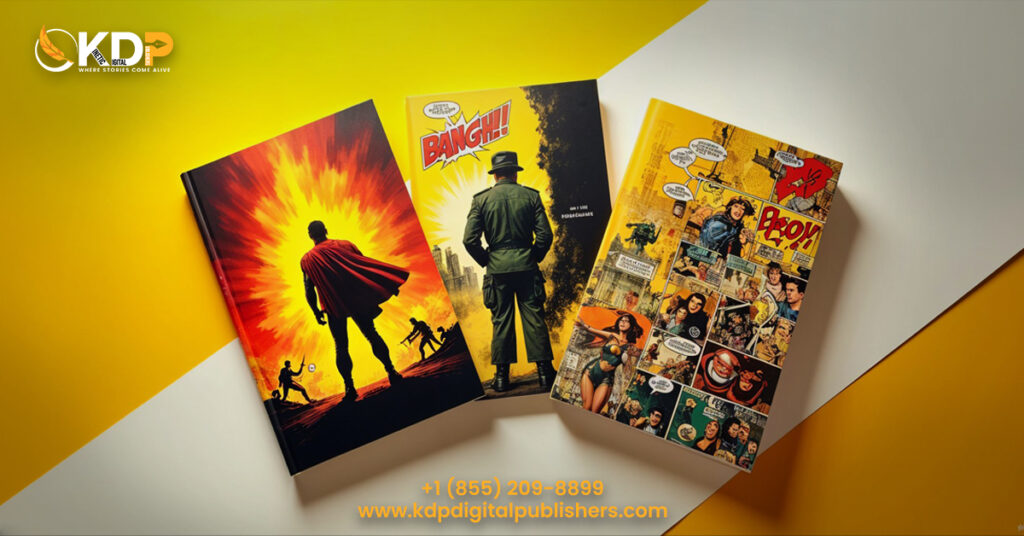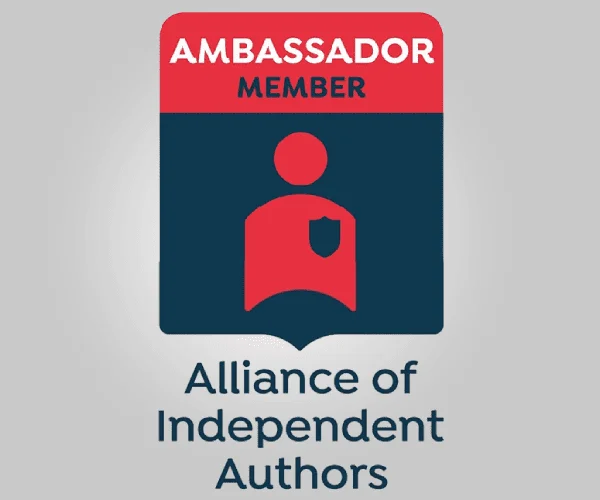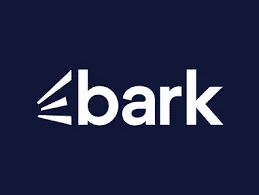Mastering the Book Map
Sure, writing a book can be romantasized with all the individual coffee shop dates with a whole tortured genius vibe to yourself but once you realise you’re knee deep into the sixth chapter and already starting to lose track of everything, that dreamy haze fades away like anything but then again, there’s always a solution present for everything and in this case, we have book mapping.
Let’s say you’re writing your very first novel or building a self help guide, book mapping is an essential tool you never knew you needed. A book map is your very own anchor of creativity that enhances your ideas by giving it a structure and a flow it needs in order to keep you from wandering into dead end scenes but most importantly, it helps you reach the finish line in no time.
So, what exactly is book mapping, and why is it a non-negotiable for serious writers? Let’s find out together!
What is Book Mapping, Really?
At the very core, the process of book mapping is all about outlining the entire journey of your book, by each chapter and section before you put all hands on deck. You can think of it as a map guiding you through the thick jungles, without it, you’re just lost.
A book map lays out your main ideas, chapter objectives, key scenes (if fiction), or critical insights (if nonfiction), all in a logical sequence while also allowing you to visualize your book before you build it, giving you ultimate control of seeing things from a much different perspective.
But obviously, unlike another name for just an outline, the only difference between a basic outline and a well thought out book map is depth. Your traditional outline is somewhat like a to-do list while a book map is more of an anchor that guides your message and your readers emotional journey.
Why Every Writer Needs a Book Map (Yes, Even You)
Right now, you must be thinking “But wait, I’ve done just fine without a book map before” Thing is, it doesn’t really matter whether you’re a professional writer whos done it plenty of times before or if you’re a rookie author just starting off, you need a book map. Not because you’re doing things wrong or that your ideas aren’t good enough on their own but because even the best ideas lose their power without direction.
A book map isn’t just for “organized” writers or people with an undying love for spreadsheets and colour coded notes. It’s for anybody out there who just wants to finish their book without losing their minds halfway through the process. It can be a very helpful tool for writers to turn their chaos into clarity.
Once you’ve got yourself a solid book map, you’re not gonna find yourself sitting down by yourself each day and asking “What should I write next?” Because you’ll already know the answer.
Tracing the Transformation Arc
Every genre out there, fiction, memoir or self help, you name it is ultimately all about transformation because that’s what encourages the readers to keep going. Not only do your readers wanna consume the information but also feel a shift in their average daily lives. They want to be somewhere else, somewhere new.
That’s the centre of book mapping since you’re not just stopping at organizing chapters, you’re also creating a guided experience for both your readers and you. The very moment you start book mapping with your very own readers in mind, you’re building a path that leads from frustration to breakthrough.
In order to figure out your readers transformation, you have to ask yourself these very important questions before you begin writing your very first chapter:
- What’s going on in the reader’s life when they pick up this book?
- By the end, how do I want them to think, feel, or act differently?
- What am I giving them to make that happen?
One way we bring this transformation into focus is by mapping it out in a simple table like the one below:
|
The Fog |
The Book Map Bridge |
The Shift |
|
What is your reader struggling with right now? What pain point, mindset, or limitation do they carry into Chapter One? |
What steps help them gain clarity, build confidence, or understand their world differently? |
What will they see, feel, or believe differently after they’ve finished your book? |
Once you’re clear on the transformation, it becomes your compass. It shows you what belongs in the book, what can be left out, where the story should begin, and how it should end.
Building the Book Map Bridge
So, now that you’ve come as far to be able to define where your reader starts and where you want them to end up, the real grind begins from this point on which is mapping out the “Book Map Bridge” And yes, spoiler alert! This part takes time, but if you invest the effort here, writing the actual book will feel more like connecting dots than stumbling in the dark.
If you find yourself staring at a blank page, this might be the best time to pause and ask yourself: “What would I tell a friend if they came to me for help navigating the same journey?” Don’t be scared of letting all the answers spill out messily, because this brainstorming phase is pretty much the foundation of your bridge.
Once you’ve got your core ideas in front of you, start looking for natural connections. See if a sequence emerges or are your ideas more thematic, more like ingredients that work best when blended rather than stacked?
Not all books need a strict sequence, most times some of them thrive on layered ideas that blend like ingredients in a salad, where each concept stands strong but doesn’t depend on a rigid order. Whether grouped by tone, theme, or progression, the aim is a forward-moving journey that feels right to the reader. To visualize your “Book Map Bridge”, jot down each chapter idea on a sticky note or index card and lay them out horizontally.
Now that you’ve figured out the right order for your chapter cards, it’s time to fill in the structure.
Use a vertical layout underneath each chapter card to organize its content. These elements help your message land:
- A strong opening hook – A question, a story, a jolt of truth. Something that stops your reader mid-scroll or mid-sigh and says: “This chapter is for you.”
- 2–3 essential points – The meat of the message. Keep it tight, but impactful. These are the truths, tools, or insights that support the chapter’s main idea.
- Stories that resonate – Whether it’s your own story or someone else’s, storytelling makes information human. It’s how people remember and connect.
- Interactive pieces – These could be prompts, exercises, reflection questions, journal cues, or action steps. Anything that turns passive reading into lived experience.
- A purposeful close – Wrap it up with a clear transition instead of just ending a chapter, bridge it to the next one while reminding the readers that they’re still moving forward.
What You Shouldn’t Forget
Here are some valuable reminders to help you craft smarter book maps:
- Start by analyzing comparative titles.
Break down how other authors in your genre or niche have structured their books. Look at their pacing, how they introduce ideas, what they emphasize, and where they pause. This won’t just teach you structure, it’ll help you position your book to bring something new and valuable to the table.
- Treat your book map as a flexible guide, not a rigid plan.
>>>>>>>>>>>>Like a smart GPS, it should help you stay on course while allowing for detours, new discoveries, and better roads as they appear. If something doesn’t feel right in your outline later on, you’re allowed to rethink and restructure.
- Keep the core transformation in focus.
>>>>>>>>>>>No matter how your structure shifts, stay rooted in the end goal: how you want the reader to change by the time they finish your book. Let that transformation act as your true north.
- Trust your instincts and stay open to change.
If a section feels forced or flat, explore other ways to deliver the same message more effectively. The map is a support tool, not a rulebook.
- Use your map to clarify, not complicate.
The best book maps simplify your process and give your ideas direction. If yours starts to feel overwhelming, pare it back to essentials and build from there.
Final Take
=”auto”>It’s no lie that anyone out there can start writing a book but to finish it and also make it look good? That usually requires alot of structure, and book mapping. Whether you’re a planner, a pantser, or somewhere in between, mapping a book gives you the control you need over all the chaos showing you all the possible routes you can take to get there faster and if you want your book to take readers somewhere unforgettable, you’ve got to know the road yourself.
